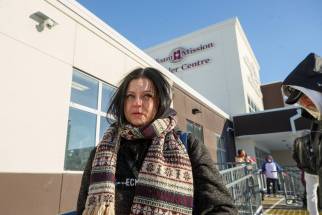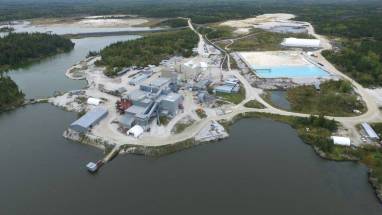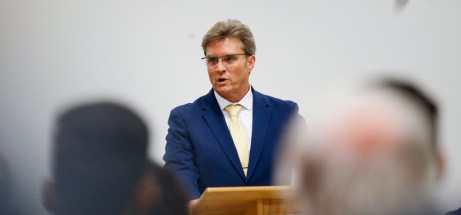Safety concerns fuel Transit’s driver shortage
Read this article for free:
or
Already have an account? Log in here »
To continue reading, please subscribe:
Monthly Digital Subscription
$0 for the first 4 weeks*
- Enjoy unlimited reading on winnipegfreepress.com
- Read the E-Edition, our digital replica newspaper
- Access News Break, our award-winning app
- Play interactive puzzles
*No charge for 4 weeks then price increases to the regular rate of $19.00 plus GST every four weeks. Offer available to new and qualified returning subscribers only. Cancel any time.
Monthly Digital Subscription
$4.75/week*
- Enjoy unlimited reading on winnipegfreepress.com
- Read the E-Edition, our digital replica newspaper
- Access News Break, our award-winning app
- Play interactive puzzles
*Billed as $19 plus GST every four weeks. Cancel any time.
To continue reading, please subscribe:
Add Free Press access to your Brandon Sun subscription for only an additional
$1 for the first 4 weeks*
*Your next subscription payment will increase by $1.00 and you will be charged $16.99 plus GST for four weeks. After four weeks, your payment will increase to $23.99 plus GST every four weeks.
Read unlimited articles for free today:
or
Already have an account? Log in here »
Hey there, time traveller!
This article was published 07/12/2022 (1095 days ago), so information in it may no longer be current.
There are many reasons why most people in Winnipeg don’t use public transit on a regular basis. Buses are often unreliable — they frequently show up late, or not at all. When they do show, they are sometimes so full that they bypass stops because there is no room to pick up new passengers.
They are also infrequent, especially during non-peak hours or along low-use routes, and they don’t service some parts of the city at all.
Ridership in Winnipeg has fallen steadily since 2014, after a decade of solid growth. No one knows exactly why, but unreliability and spotty bus coverage have been identified as the most likely causes.
The COVID-19 pandemic made everything worse at Winnipeg Transit; ridership fell by more than half in 2020 and 2021 and has not fully recovered.
There is a new factor discouraging people from taking transit: an increase in violent crime in Winnipeg that has spilled onto buses. It’s not entirely new, but it has intensified.
The Amalgamated Transit Union Local 1505, which represents more than 1,000 bus drivers, reported last month the number of assaults against operators — including verbal assaults, spitting and physical attacks — hit an all-time annual high of 107 in October.
There have been frequent reports of violence against bus passengers this year, too, although neither the Winnipeg Police Service nor Winnipeg Transit keeps track of those. Suffice it to say that riding or driving a bus is less safe today than it was several years ago.
That is causing many bus operators to quit, according to the union. As a result, a driver shortage is making it nearly impossible for Transit to bring service levels back to pre-pandemic levels. Service was cut during the pandemic to reflect the steep decline in ridership. Because Transit is short about 50 drivers, it doesn’t have the staff to return to full scheduling.
One of the proposals to improve public safety on buses is to hire and train transit security officers, a step the union has long advocated. Mayor Scott Gillingham has been talking with the province about the proposal, which will likely require provincial approval and funding.
The city can’t afford to put safety officers on every bus, but it could target high-risk routes. It would not be a panacea; however, it would go a long way toward making buses safer and would send a strong message that the city and the province take public safety on buses seriously.
JOHN WOODS / WINNIPEG FREE PRESS FILES Safety must be a priority for Winnipeg Transit.
There are many reasons for the city and the province to act quickly on this. Reducing assaults and other forms of violence against drivers and passengers is the primary one. People have a right to feel safe in public, including on city buses. However, this is also about the future viability of transit and the need to increase ridership for financial, infrastructure and environmental reasons.
Transit ridership peaked at 49.9 million trips in 2014 and fell to just over 48 million trips per year prior to the pandemic. It’s not expected to be close to that in 2022, after plummeting to 21.5 million trips in 2021. To return to pre-pandemic levels, transit must do everything possible to convince the public that taking the bus is safe and reliable.
To grow beyond that, the city will have to do even more to make transit a more attractive option. It’s a daunting task, but an urgent one, given the need to convince people to get out of their cars and into public transit – one of the most effective ways to reduce greenhouse-gas emissions.
The city and province should make this a top priority.








